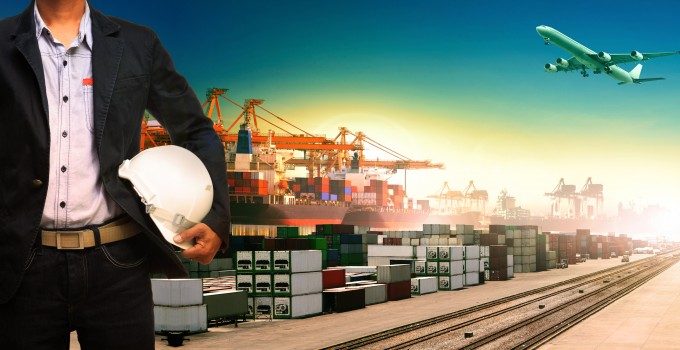USTR waiver – a ray of sunshine for Caribbean transhipment hubs
Sanity peeping through?

Port congestion has started to creep back onto the agenda when talking container terminals at supply chain conferences. With bigger ships significantly adding to the exchange of boxes per call, there is a growing requirement for seamless landside and transhipment operations.
Larger vessels are being blamed ...
MSC switches two more Asia-Europe port calls from congested Antwerp
Front-loading frenzy has made traditional H2 peak season 'unlikely'
Canada and Mexico get cosy with trade plan to bypass US
Tradelanes: Export boom in Indian sub-continent triggers rise in airfreight rates
Carriers introduce surcharges as congestion builds at African ports
Mexican airport modernisation plan unlikely to boost cargo facilities
Ports and supply chain operators weigh in on funding for CPB
Tradelanes: Overcapacity on Asia-S America impacting alliances and rates

Comment on this article
Mukul Ghildiyal
August 04, 2014 at 3:19 pmWell, if the slots are not full and the ship does not steam at reduced speed , the freight rate would not hold.So where does the economy of scale ends being economical – there is no win win situation.Drip feeding from terminals has probably increased. Another reason for congestion.